More than 45 million Americans suffer from chronic headaches or migraines with the pain impacting every aspect of their lives. Relief is commonly found in prescription and over-the-counter drugs which can unfortunately have long-term side effects.
Traditional Chinese Medicine (TCM) and acupuncture have successfully treated headaches and migraines (as well as their underlying causes) for thousands of years, and modern research demonstrates that acupuncture can be as – or more – effective than medication in reducing the severity and frequency of chronic headaches.
TCM does not recognize migraines and chronic headaches as just one particular syndrome. Instead, its aim is to treat the specific symptoms and the root causes that are unique to each individual. Therefore, thorough diagnosis is required and treatment will depend on a number of variables.
To diagnose individual issues, a TCM practitioner will ask a series of questions including: Where are the headaches located? When do they most often occur- night, morning, after eating, etc.? Does a cold compress or a darkened room help alleviate some of the symptoms? What type of pain is it – dull, throbbing, or sharp and piercing?
The practitioner will also take a complete medical history, look at your tongue, and use Chinese pulse diagnosis. Some may also employ electronic meridian graphing to determine deficiencies or excesses in the various TCM channels.
After diagnosis, a specific treatment plan will be developed, often using a variety of techniques including acupuncture, Chinese herbs, and tui-na massage. The length, number and frequency of treatments will vary. Some headaches, migraines and related symptoms are relieved after the first treatment, while more severe or chronic ailments often require multiple treatments.
There are some things you can do on your own to help alleviate the pain. The point known as Large Intestine 4 is often referred to as “the headache point.” It is located on the padded area of your hand between the thumb and index finger, about three-quarters of an inch from the edge of web between those fingers, and between the first and second metacarpal bones. Massage this point with your thumb on the outer part of both hands for approximately 30 seconds each. Many notice remarkable relief from this simple technique. Peppermint oil has a calming and soothing effect. Along with menthol and camphor, it is one of the main constituents of several famous Chinese patent medical oils. Either this oil alone or with one of the patents can be rubbed across your forehead and temples. Adding 10-15 drops of peppermint oil to a warm bath is another great way to relax, reduce muscle tension and relieve a headache.
Clinical studies have also shown that ginger can relieve headaches. Researchers believe it does so by relaxing the blood vessels in the head and diminishing swelling in the brain. Ginger also activates natural opiates in the brain that relieve pain, and reduce prostaglandins, which are responsible for causing inflammation. Both dried ginger – gan jiang, and fresh – sheng jiang, are a part of many traditional herbal formulas. Fresh ginger can also be sliced thinly and boiled in water for a pain-relieving tea.
Diane Sheppard is owner of AcQpoint Wellness Center in La Quinta. She is a licensed acupuncturist with a Ph.D. in Oriental Medicine and can be reached at (760) 775.7900 www.AcQPoint.com.





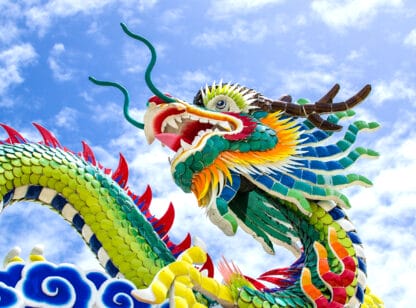
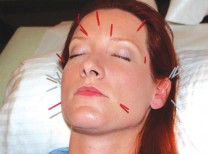
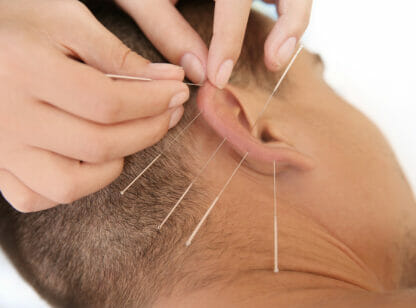
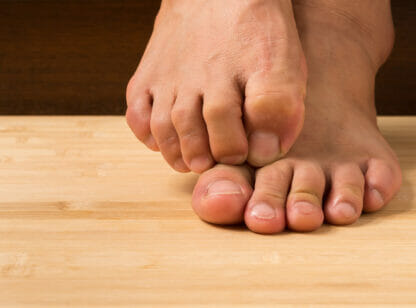


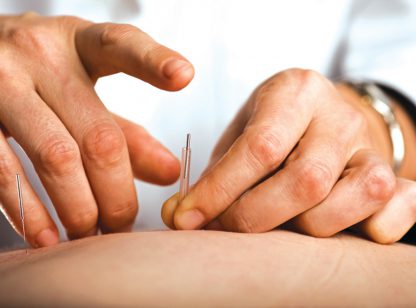

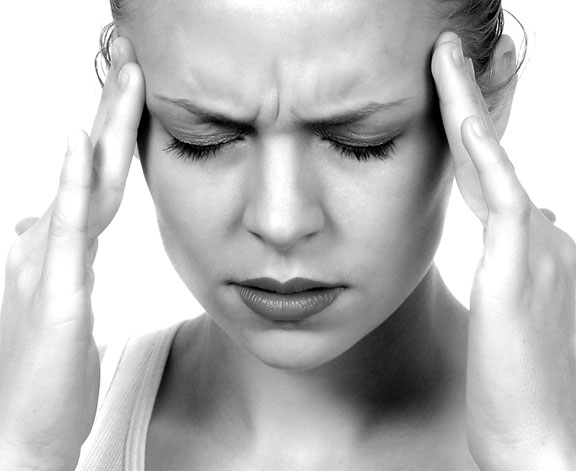
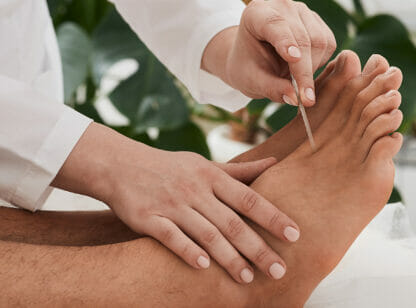
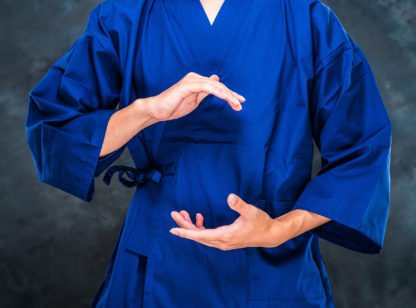




























Comments (0)